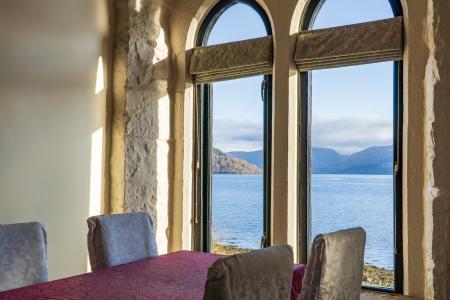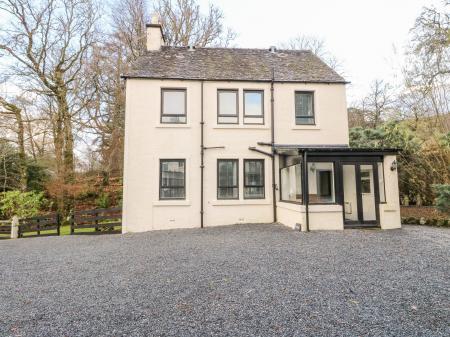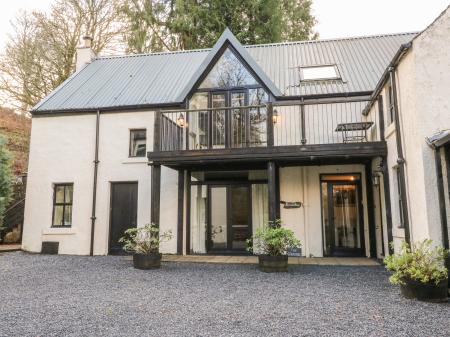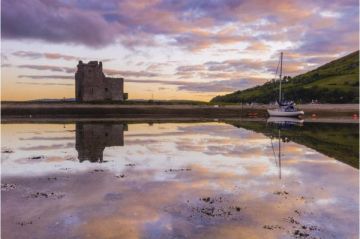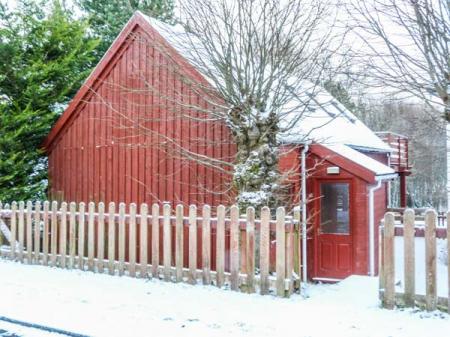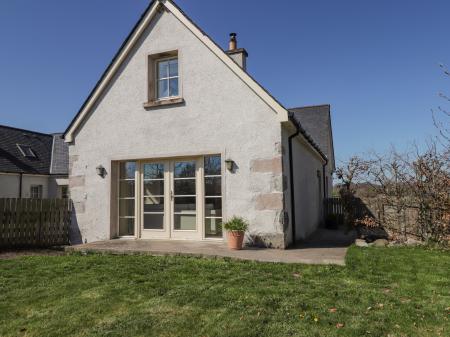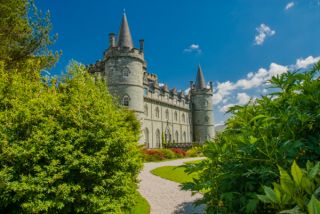
History
Sir Duncan Campbell was a man with ambition and the will to make his ambitions come true. Sir Duncan was the head of Clan Campbell in the mid-15th century when he decided to move the Campbell family seat from the head of Loch Awe to Inveraray, on Loch Fyne. Sir Duncan was thinking big and wanted the Campbells to play a larger part in Scottish affairs.
The Campbell power base on Loch Awe made the clan important throughout Argyll, but moving to Loch Fyne gave them access to the Firth of Clyde and the sea, and allowed the Campbells to become one of the most powerful families in Scotland over the following centuries.
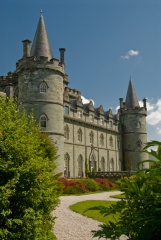
Sir Duncan established a small castle at Inveraray, and his son, Colin, founded a planned town around the castle in the 1470s. That medieval castle stayed essentially unaltered for over 2 centuries before the 2nd Duke of Argyll decided that something grander was needed in the early 18th century.
The amazing concoction of Gothic, Baroque, and Palladian style we see today is the result of an idea sketched out by John Vanbrugh, architect of Blenheim Palace, for the 2nd Duke. Vanbrugh died before his idea could be put into practice, and the 3rd Duke called in William Adam and Roger Morris to design and build his new family seat.
Construction began in 1743 but took 43 years to complete. Both Morris and Adam had died by that time, and the work was finished by Adam's famous architect sons, John and Robert for John, the 5th Duke. The Duke called in French artists to paint the ceiling of the Dining Room, and weavers from Beauvais to create chair coverings.
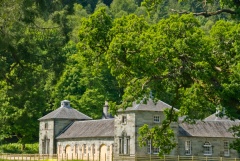
The castle was built on a rectangular plan with a sturdy crenellated tower at the centre and circular towers at each corner. The new house bristles with mock-military features including turrets, moats, and slit windows.
To provide an uninterrupted view from the castle, the entire burgh of Inveraray was destroyed and rebuilt half a mile away in its current location. The Dukes of Argyll spent lavishly on Inveraray, prompting Dr Johnson to quip, 'What I admire here, is the total defiance of expense'.
In 1877 a fire heavily damaged the 18th-century building, and the remodelling added a third floor and the iconic corner towers with their conical roofs that give Inveraray Castle the air of a French chateau transplanted to the west coast of Scotland.
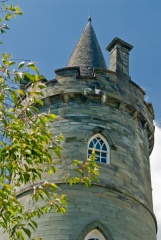
If the exteriors at Inveraray Castle present a sophisticated, elegant look, the interiors are meant to astonish, and they do. Here is opulence on a grand scale, with no expense spared to impress visitors. The Campbell Dukes wanted visitors to be awed by their family home, and it shows.
The interiors put the 'state' in 'stately'; from fine furniture to tapestries, a fabulous collection of paintings and family portraits, and stunning plasterwork ceilings, Inveraray amazes visitors at every turn. Among the most interesting things to see is the Tapestry Drawing Room, with ornate 1773 ceilings made of papier mache. This room features original Beauvais tapestries still in their original setting.
In the Saloon is the piano used by Lerner and Lowe to compose songs for the musical My Fair Lady. One of the most stunning rooms is the Armoury Hall, with a ceiling rising 21 metres; making it the tallest chamber in Scotland. Every surface of this chamber seems to be decorated with displays of weapons, dating from the 16th century to the Victoria period One of the most famous items is a dagger and sporran that belonged to Rob Roy MacGregor.
Inveraray Castle is stunning, easily one of the most impressive stately homes in Scotland. The house is magnificent and the setting by the shore of Loch Fyne is unforgettable.




 We've 'tagged' this attraction information to help you find related historic attractions and learn more about major time periods mentioned.
We've 'tagged' this attraction information to help you find related historic attractions and learn more about major time periods mentioned.